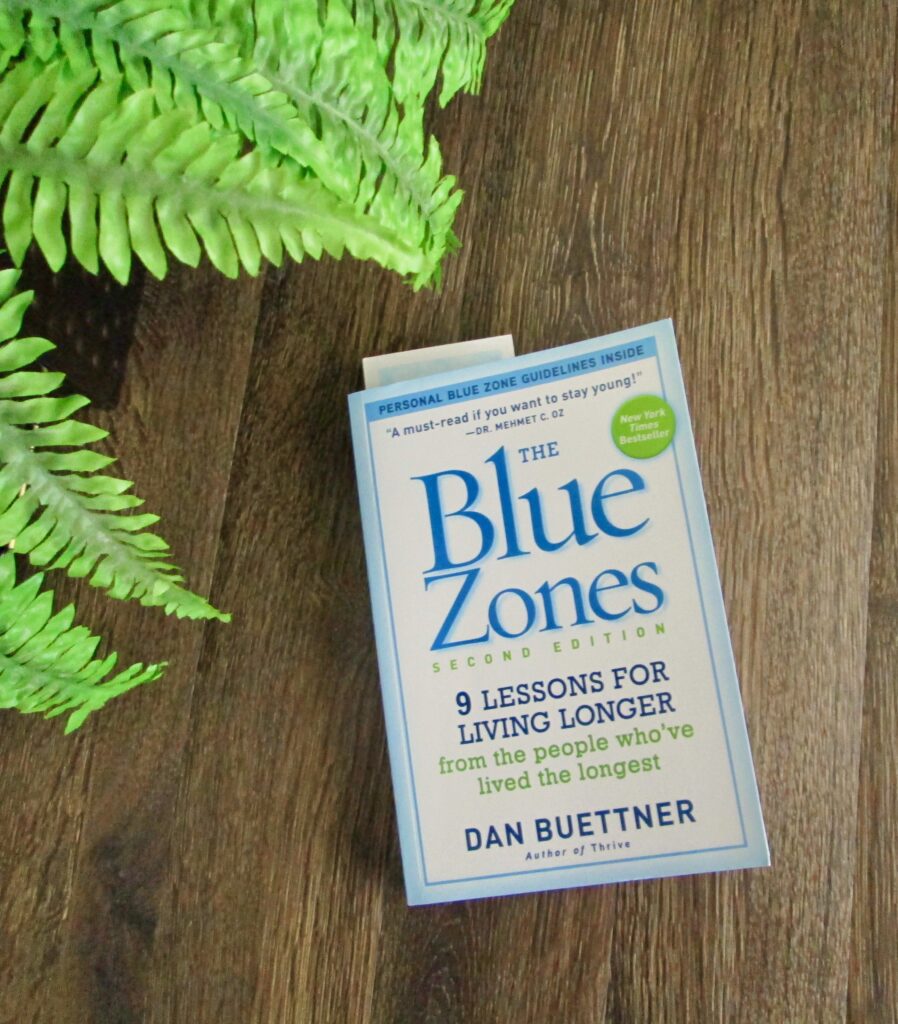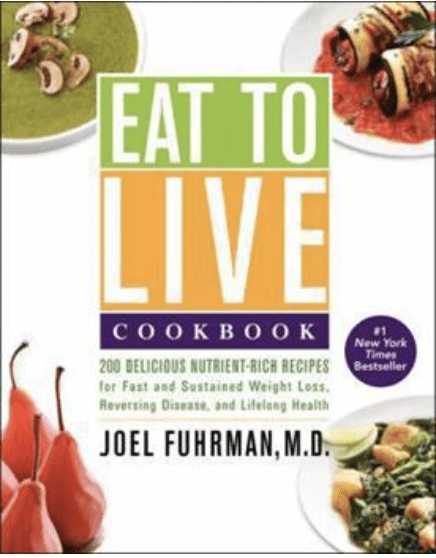
Last week I began a series on the Blue Zones based on the book, The Blue Zones 9 Lessons For Living Longer From the people who’ve lived the longest, by Dan Buettner. This week we will take a look at Okinawa.
Okinawa
Okinawa is a group of islands with a landscape and weather similar to Hawaii. The people eat lots of vegetables and maintain a strong connection to their ancestors. Many are impressive gardeners. (pp. 67-68) The climate allows them to garden year round. (p.77) Besides vegetables, pork is consumed. It is the Okinawan custom to celebrate the lunar New Year by butchering a family pig. The people eat almost every part of the pig. “There is a lot of vitamin B1 and B2 in it, and collagen….” (p.77) This meat is eaten infrequently though, usually during ceremonial occasions. (p.77)
The Okinawa centenarians seem to be more functional than many in this age group. One reason might be a saying they use frequently, “Hara hachi bu,” which means ‘Eat until you are 80 percent full.'” (p.83) They purposely restrict how many calories they eat because it takes 20 minutes for your stomach to let your brain know it is full. (p.83) This slows down the metabolism and therefore produces less damaging oxidants. (p.84)
Kamada
Kamada was interviewed at 102 years of age. When asked her secret to old age she stated, “It took me a long time to realize that beauty is within. It comes from not worrying so much about your own problems. Sometimes you can best take care of yourself by taking care of others….Eat your vegetables, have a positive outlook, be kind to people, and smile.” (p.85)
“Okinawans eat an average of three ounces of soy products per day. Tofu, is their main source of soy, and may play a role in reducing the risk of heart disease.” (p.86) Fermented soy products are recommended over nonfermented because they have a higher nutritional content. (p.86)
The book attributed Kamada’s high level of continued function for her age to the fact her family needed her. She provided value to her family and that produces the drive to live longer with greater function. (p.87) Kamada’s great-grandaughter, Kurara, aged 14 years, ran in an 800-meter relay race. She did well and couldn’t wait to go home to share her joy with Kamada. (pp.87-88) Kurara shares more about Kamada, “Grandma doesn’t keep stress. Sometimes she is so straightforward it could sound harsh. Like when we offer to take care of her, she’ll say, ‘No, I’ll take care of myself!'” (p.88)
Summing it up:
- Okinawans eat lots of tumeric (an anti-inflammatory, antioxidant, anticancer supplement), garlic, and mugwort (contains substances that fight malaria) (p.94)
- Not only are their gardens used as a grocery store, they are also used as a pharmacy.
- Okinawans are born into a lifestyle that promotes health.
- They enjoy year-round organic vegetables, amazing herbs, and strong social support
- A typical meal consists of tofu stir-fry, miso soup, and greens. (p.95)
- Mugwort is very bitter, but the Okinawans have developed a taste for it and use it as seasoning for their rice. (p.97)
- Goya looks like a wart covered cucumber. It’s juice is a natural astringent. It is very bitter, but the Okinawans enjoy eating it and have adapted their taste buds. “It contains high amounts of antioxidants and three compounds that lower blood sugar.” (p.97)
- Another favorite food is dried minnows. You pinch off the head before eating. They are chewy, salty, and fishy-tasting. (p.102)
- I think we could take a lesson from the Okinawans by referring back to a Jack LaLanne (an American fitness and nutrition guru) quote from years ago. He said, “If it tastes good, spit it out! It’s not good for you.” They have developed their taste buds to accept bad tasting food that is healthy for you.
Lessons for us from Okinawa:
- Have a purpose in life
- Eat a plant-based diet
- Garden
- Eat more soy
- Create a social network
- Enjoy sunshine and vitamin D
- Stay active
- Grow medicinal plants
- Keep company with younger people (pp. 118-119)
If you would like to get started on a life of longevity I would also like to recommend a cookbook that my Doctor recommended to me.

I made my grocery list today from recipes in this book and shopped Aldi to get the best prices on the fresh produce that most of the recipes use. You can easily find the book online through Amazon, Thriftbooks and other stores.

Jane,
Very interesting. Develop tastebuds that accept bad-tasting food. Not sure I could adapt. I have to wonder about the incidence of breast cancer there. How prevalent is it, if it exists at all. Soy here has been touted as a serious no-no by so many. Very interesting that they eat so much. One thing I know about me, I couldn’t eat fish that tastes “fishy”.
Very interesting post. Pun intended – Food for thought.
Blessings!
Ha ha… I love your thoughts, Debbie, on this group of people and taste in food. There was no mention of anyone with breast cancer. The book states, “Soy Products that contain phytoestrogens are probably better than hormone supplements…. Some researchers speculate that they may impart many of the benefits of estrogen without the cancer dangers. Okinawans eat an average of three ounces of soy products per day. Tofu their main source of soy, may play a role in reducing the risk of heart disease.” (p. 86) They do however recommend fermented soy over unfermented to have the best benefit. In American women especially tend to take hormones to try to remain young. In Okinawa, they seem to get the same benefit through soy products. I’ve seen the soy limitations in America directed more toward men because of the phytoestrogens that they don’t really need to be getting in high doses. I’m not sure if this answered your thoughts effectively. Just let me know if you have more questions. And, I’m with you on eating things that taste “fishy”. Ewh!
Thank you Jane. I’m enjoying your review of this book.
Thanks for taking the time to study the groups with me, Tim:)
Thanks for the info about different cultures. I appreciate your review.
Thank you, Joni:)